A well-built roof is a residence's main defense against extreme weather conditions, such as scorching heat in the summer and torrential downpours in the winter. As a homeowner, it is crucial that you understand how these prevalent elements, depending on the climate that you live in, can affect your roofing system — for better or for worse — over time.
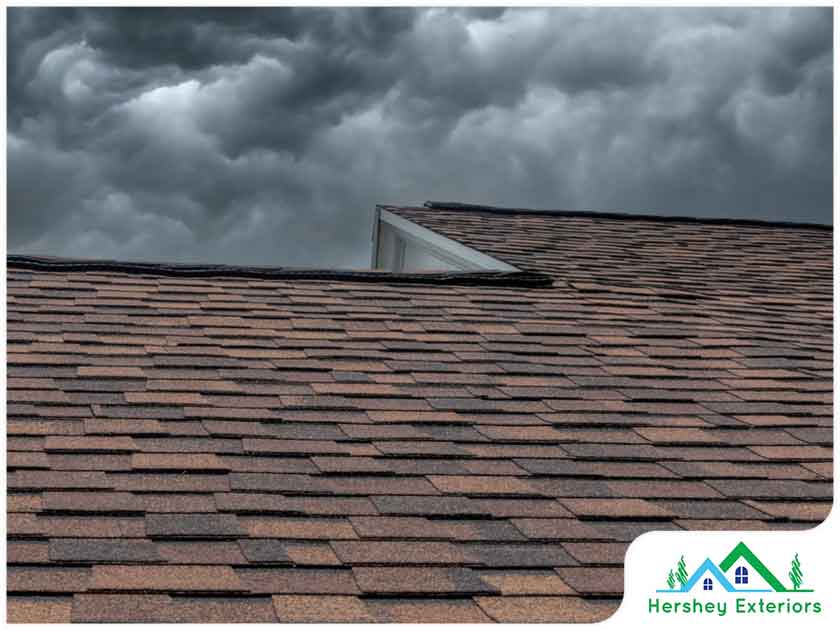
In this article, a premier roofing contractor based in Delaware talks about the factors that affect how susceptible an asphalt roof is to one common weather element that many residential owners overlook: strong winds.
How Wind Interacts With Roofs
First and foremost, you need to know how wind interacts with roofs. Wind does not move in a steady, smooth stream all the time. It also spirals upward, downward, sideward and even in crucial patterns at varying speeds in response to several factors, including the topography and terrain of the land and the temperature and pressure differences in the Earth's atmosphere. When the wind comes across a structure, such as a home, it reacts in a few predictable ways:
- When the wind hits the side of the home, it travels up and over the roof with fluctuating degrees of uplift pressure, which is the highest at the corners of the roofline. The pressure is nearly as high along the edges of the roof, making these areas particularly vulnerable to wind-related damage.
- When the wind moves across the surface of the roof, negative pressure or suction pressure is formed, which can result in the lifting of the shingles from the deck.
Factors That Influence How Wind Affects Asphalt Shingle Roofs
In addition to the speed and direction of the wind, there are a few things that can affect or damage an asphalt shingle roof. These include:
- Location of the Home
Where your home is located definitely determines how susceptible your asphalt shingle roof is to wind. If you reside in a region where the weather patterns usually involve hurricanes and tornadoes, this means high winds occur frequently, making your roof easily vulnerable to wind damage, such as blown-off shingles.
- The Geometry of the Roof
A gable roof, sometimes called a pitched roof, is a common roofing type for residential homes in America. Because a gable roof has wide overhangs, they are more likely to be affected by wind uplift. Meanwhile, an aerodynamic, four-sloped hip roof is a lot sturdier and more resistant to wind damage.
- Nailing of the Roof
Another variable that determines the susceptibility of a roof to wind damage is the nailing method used to install the shingles. This includes the overall strength and durability of the fasteners. Even the installation temperature is instrumental in the roof's ability to withstand strong winds.
- Installation Errors. A poorly installed asphalt shingle roof is decidedly more prone to all sorts of weather-related problems. Misaligned shingles, incorrect nail placement, the lack of starter strip shingles and defectively sealed flashing membranes can all contribute to the increased susceptibility of the roofing system to wind.
- Age of the Roof
This should come as no surprise - older roofs with severe wear and tear are nearly defenseless against the repeated onslaught of harsh weather elements. So if your asphalt shingles have started to crack or curl or the sealant bond on your roof has failed, take preventive measures immediately and, perhaps, have your roofing system replaced altogether before things spiral out of control.
- Presence of Damage
An asphalt shingle roof that has existing issues - such as missing flashing or blistering shingles - is not only more likely to incur damage from strong winds, but it can also suffer extensive water damage during a serious storm.
Signs That Asphalt Shingle Roofs Have Sustained Wind Damage
While some forms of wind damage to asphalt shingle roofs are more evident than others, it is still important to bring in a certified roofing contractor to conduct a thorough assessment of the scope of damage and recommend solutions that can benefit you in the long run. That said, here are exterior signs of wind damage to roofs that you need to look out for:
- A puncture from a fallen tree branch
- Wide-reaching swatches of exposed underlayment where asphalt shingles have been blown off by the wind
- Loose, torn or missing fragments of flashing
- Missing hip and ridge shingles
- Narrow lines near the shingle edges
- Slightly raised shingle edges
- Damaged ridge or soffit vents
- Tree limbs and other traces of debris in the gutters
- Scratch marks across the roof field
Keep your safety a top priority when planning to inspect your roofing system for damage. Unless you are an experienced roofer, it is better to use a pair of binoculars and inspect the roof from the ground instead of climbing all the way to the top of the roof. Then, relay the information you have gathered to a professional so they can make informed evaluations regarding the condition of your roof.
How to Check the Attic for Roof Damage
Do not forget to check the interior areas of your home for roof damage. Follow these steps when inspecting your attic:
- Go up to the attic while there is still light outside.
- Use a flashlight to look for stains and leaks on the underside of the roof and on the floor of the attic.
- Turn off the source of light and scan the decking for unwanted spaces or holes where daylight is peeking through as this often indicates roof damage.
In other living areas, look for patches of discoloration on the walls and ceilings. This is a common indication that water is getting through the wind-damaged areas on the roof.
Contact Us for All Your Roofing Needs!
Hershey Exteriors, Inc is a certified residential and commercial roofing contractor in Delaware. Whether you need to fix a wind-damaged roof or perform a complete roof tear-off, our skilled team has the technical expertise and set of tools and equipment to deliver the top-notch results you deserve. Give us a call at (302) 569-9039, or fill out our contact form to get in touch with one of our roofing specialists.
Tags
Subscribe to Hershey Exteriors's Blog


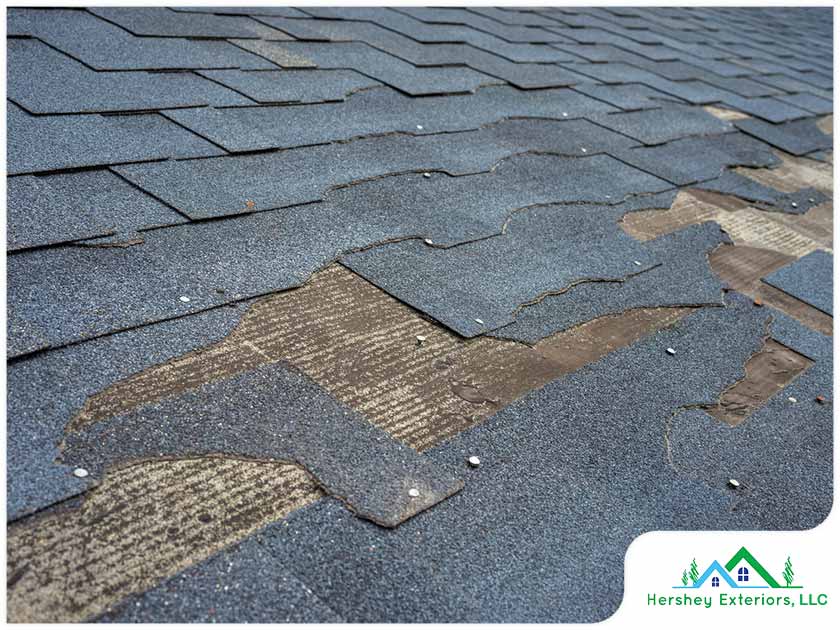
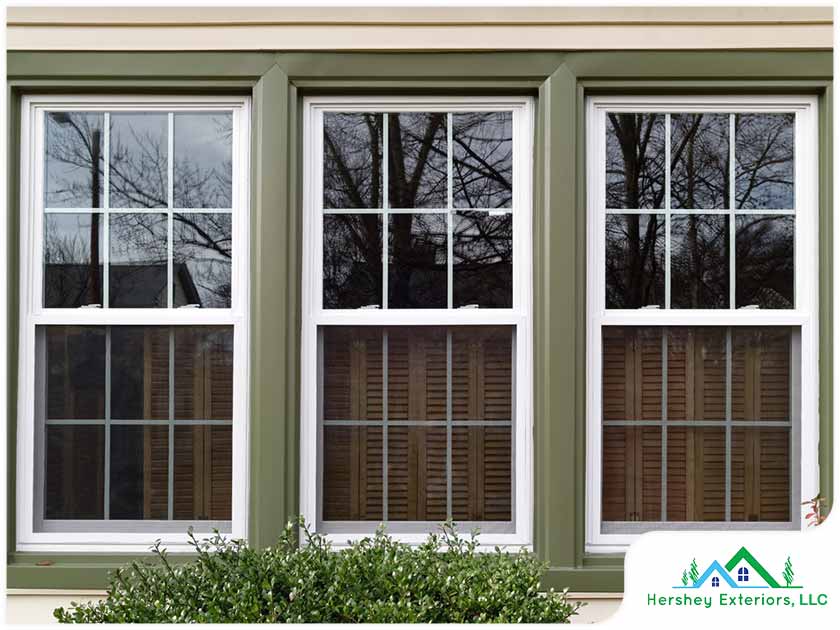
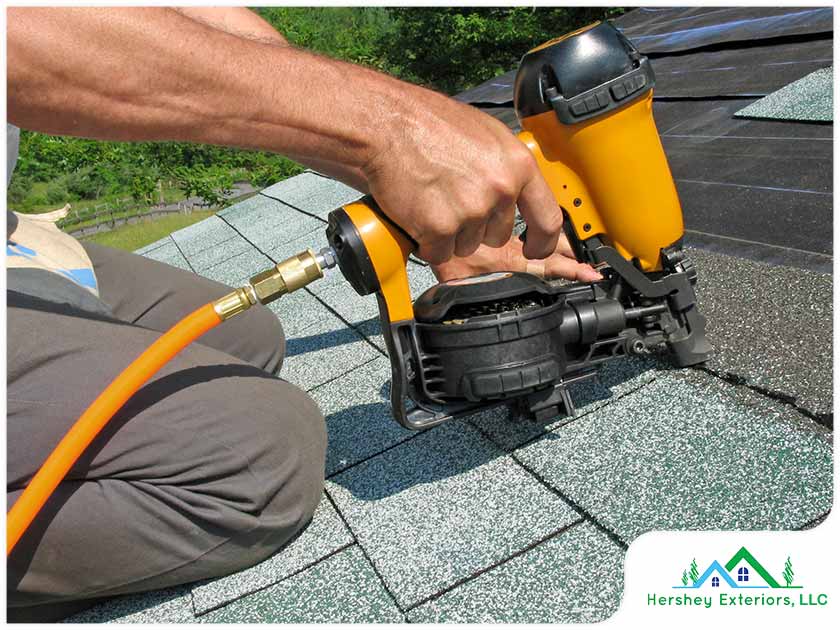
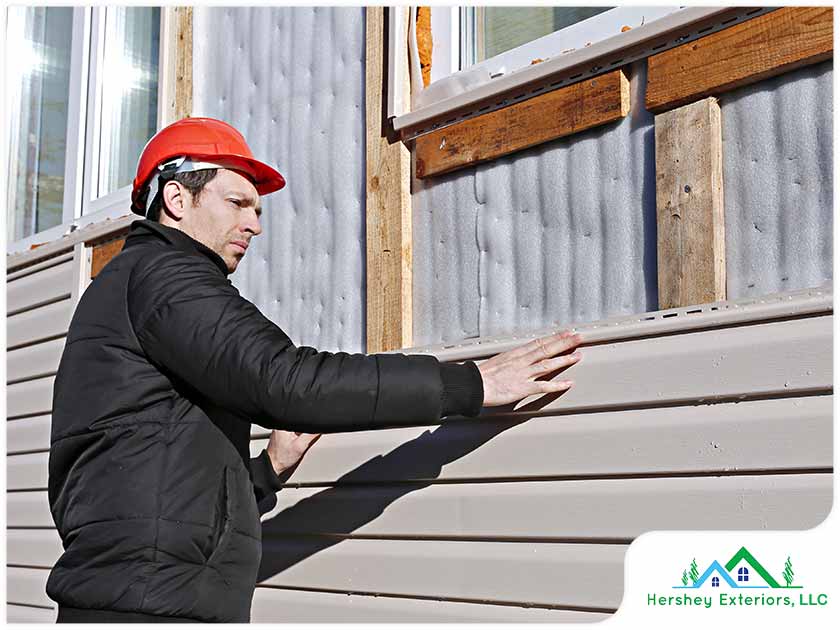
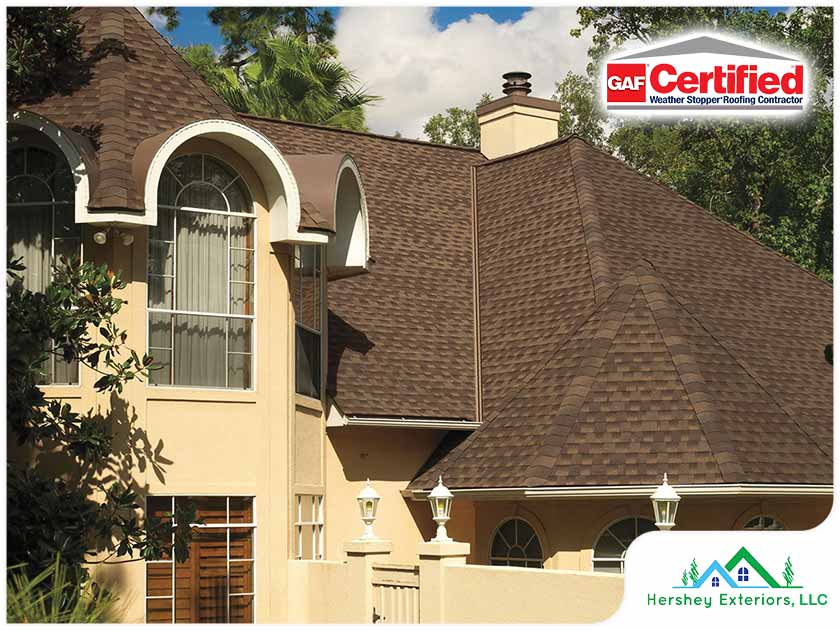

Comments